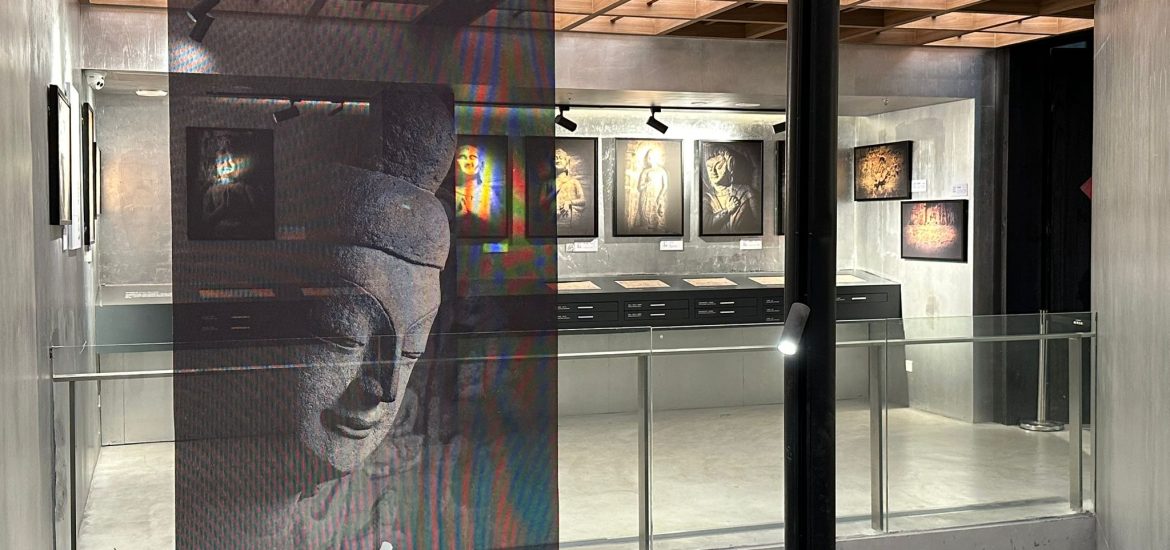Shenzhen these days looks more futuristic than almost any other city in the Greater Bay Area. I spend most of my time in Hong Kong and do not blame Hongkongers one bit for seeing Shenzhen as their new pilgrimage spot for food and shopping. But there is an underrated side of what many see as the “face” of China’s breakneck technological and economic progress. While the metropolis, which is dominated by long and spacious roads and towering skyscrapers of tech companies and Chinese business giants, there is a small remnant of “Old Nantou,” which has been repurposed into a thriving tourist and artist hub.
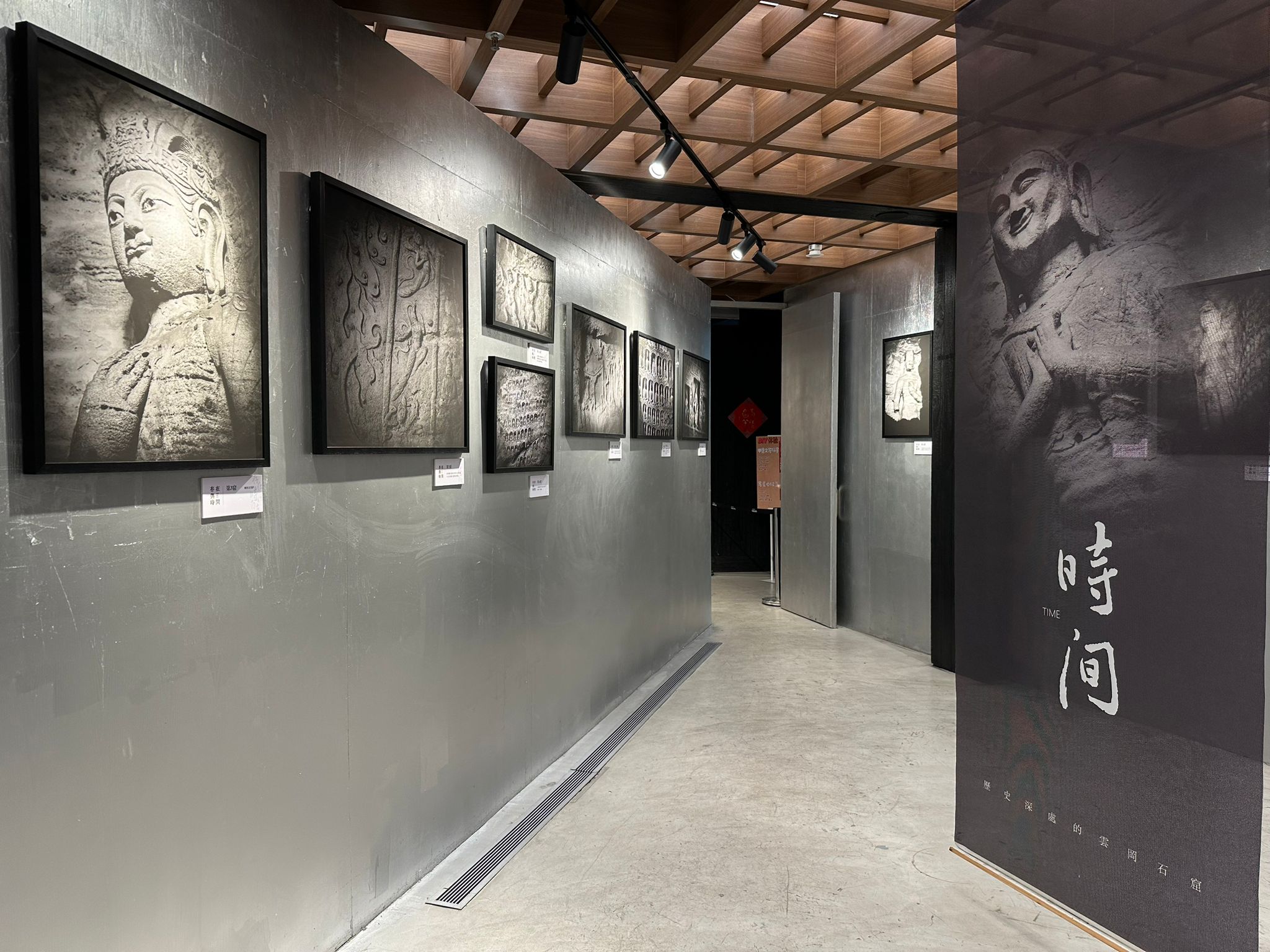
It is true that there was a good deal of heritage lost following various tribulations in the long history of Shenzhen, including when the true architect of the New China, Deng Xiaoping, designated it as a Special Economic Zone. But in the heart of Xin’an Ancient City, an urban revitalization project in the planning since the 2010s, a cluster of shops, restaurants, cafes, and galleries and museums has sprung up to represent a different side to Shenzhen: quirky, creative, and cultured.
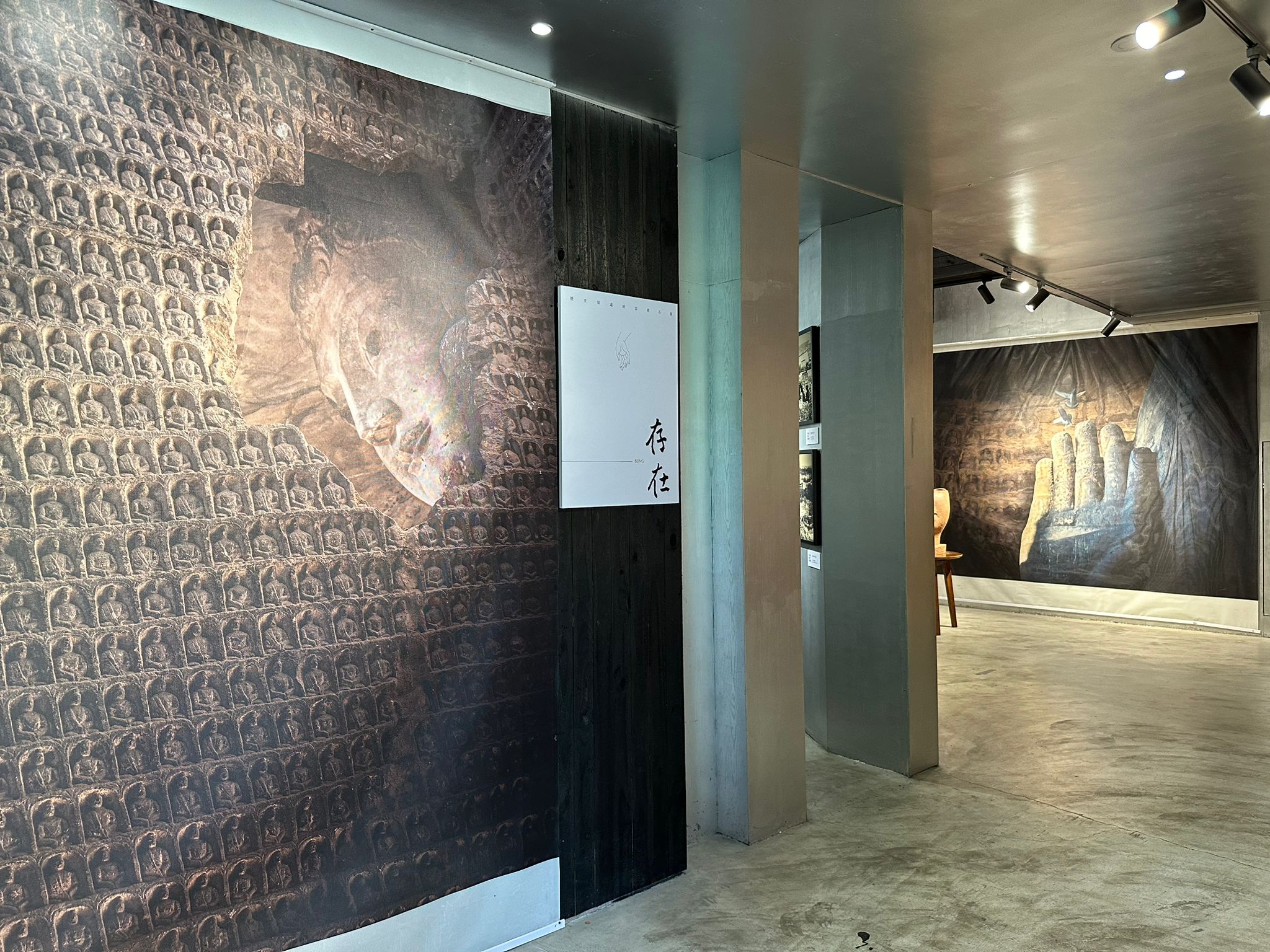
I was fortunate to have visited during a weekday, during which the narrow lanes became crowded quite quickly before lunchtime. With nearly every step, the visitor passes by the façade of a different business or F&B, with the quality, service, and ambience of the coffee houses best capturing the cosmopolitanism and fine taste of the modern Shenzhener.
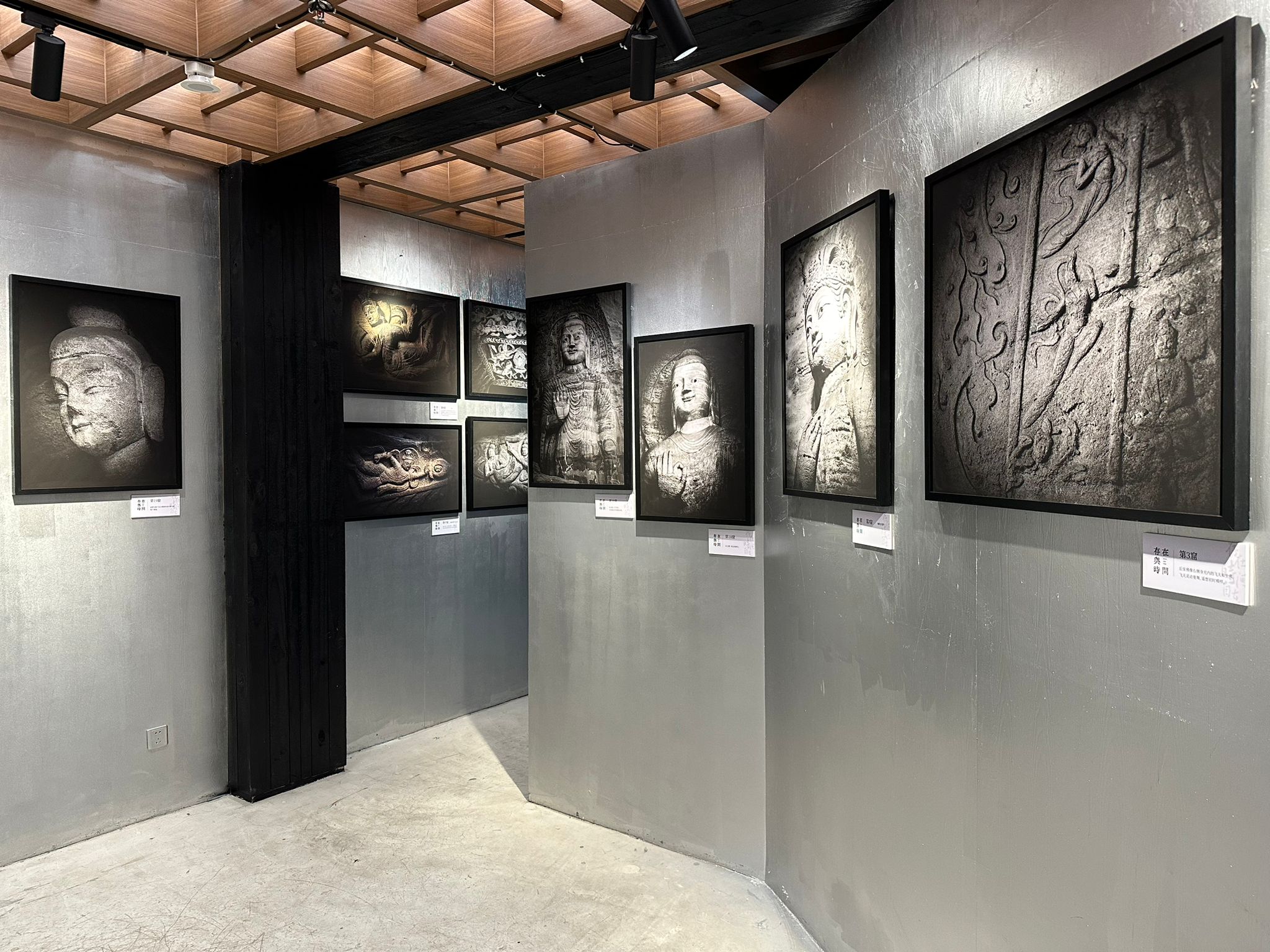
One of Xin’an’s many cultural and artistic establishments, Dongguang Tang Art Museum (Dongguantang meishuguan 东莞棠美术馆), is running “Being and Time”: A New Yungang Photography Exhibition by Ma Liping. (Cunzai yu shijian: Ma Liping xin yungang shiying zhan 存在与时间:马立平新云冈摄影展 ) from 20 January to 29 February.

The exhibit showcases a series of 120 exquisite photographs by the photographer, Ma, who has grouped his portfolio into three themes: time, freedom, and existence. The Buddhas transcend existence, delivering a teaching of freedom, their images dwelling in a cave environment that seems to exist in a realm of suspended time.
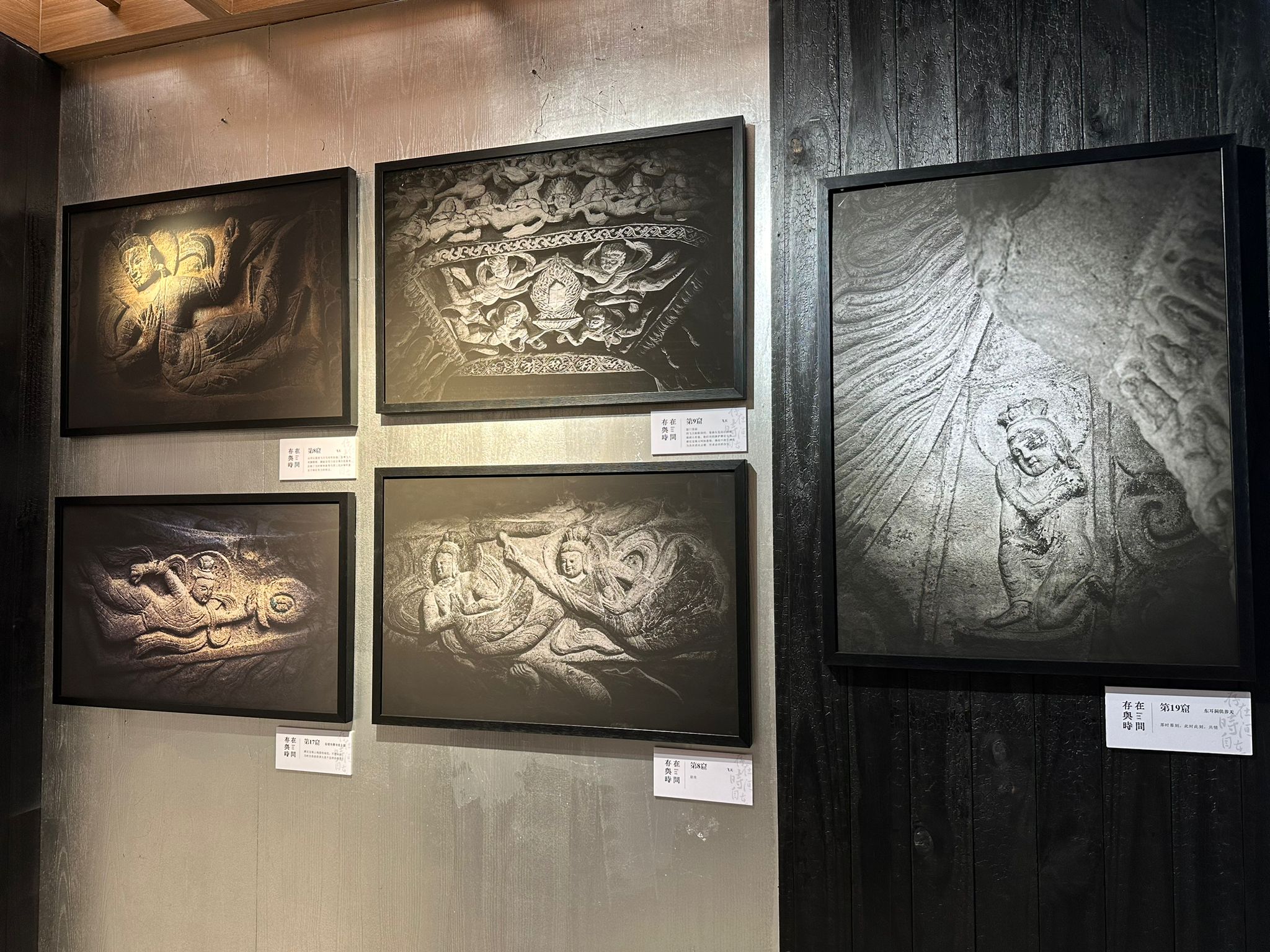
The otherworldly beauty of the sculptures at Yungang are from the Northern Wei dynasty (386–535 AD), which might look slightly less “elegant” than the statues found at Dunhuang’s Mogao Grottoes or Luoyang’s Longmen Grottoes. There is a reason why Yungang, along with these two other grottoes, are considered to be the top three Buddhist sites by the Ministry of Culture and Tourism (a 5A or AAAAA site): the 252 caves and approximately 51,000 statues represent some of the earliest and most spiritually inspired Buddhist cave art in the country.
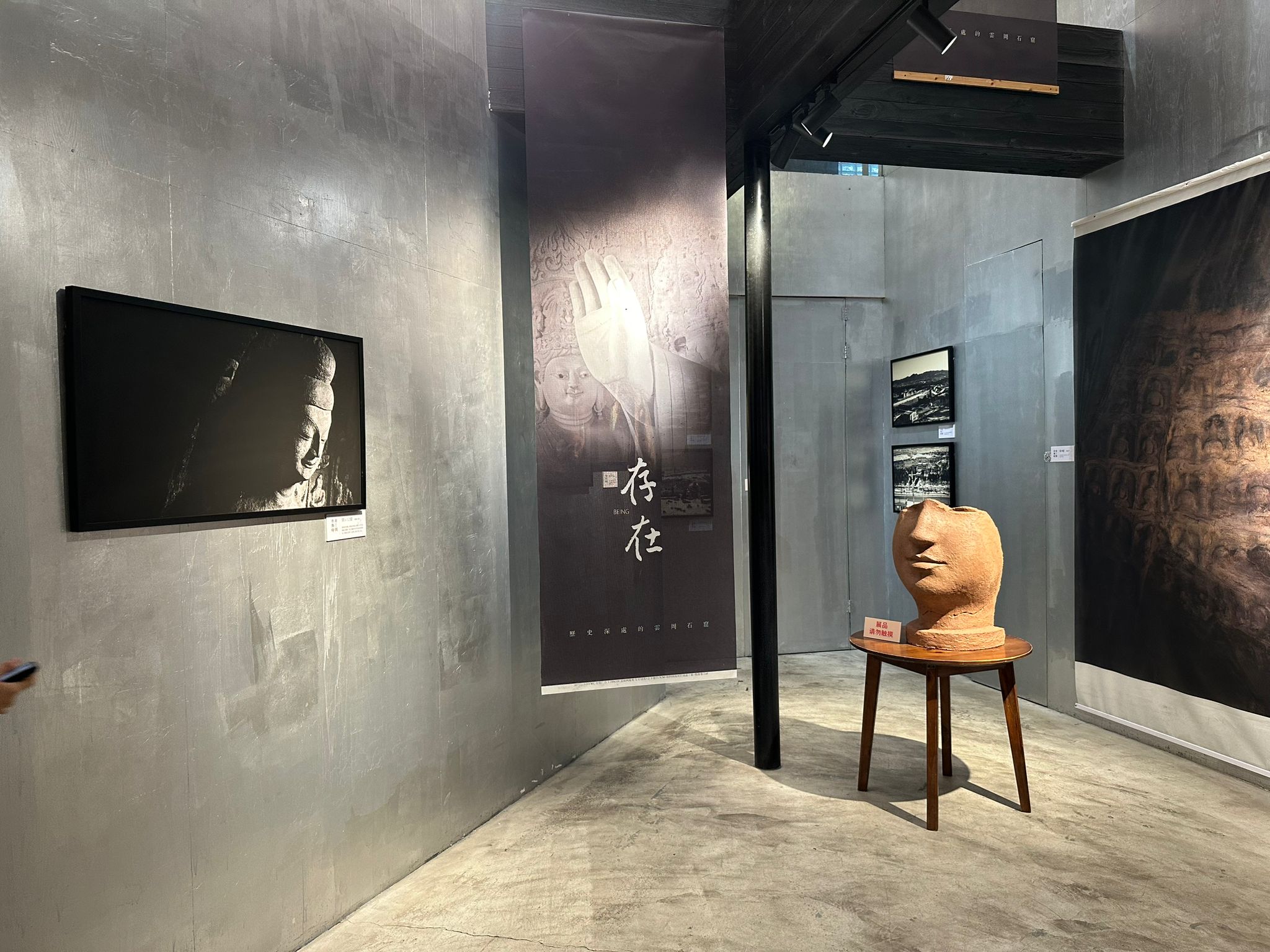
The layout of the exhibition plays with the age of the caves. After all, they were carved out and populated by art and sculptures during the post-Han period of China (concurrently, this was during Europe’s Migration Period after the fall of the Western Roman Empire), making them the oldest surviving collection of Buddhist caves in China. Yet the photos, which are a mix of black and white and colored images of the Buddhas, bodhisattvas, and divine figures found at the caves, find themselves in an ambience that invokes cool refined stone (or, in my own fevered imagination, the almost otherworldly rock of a spacecraft).
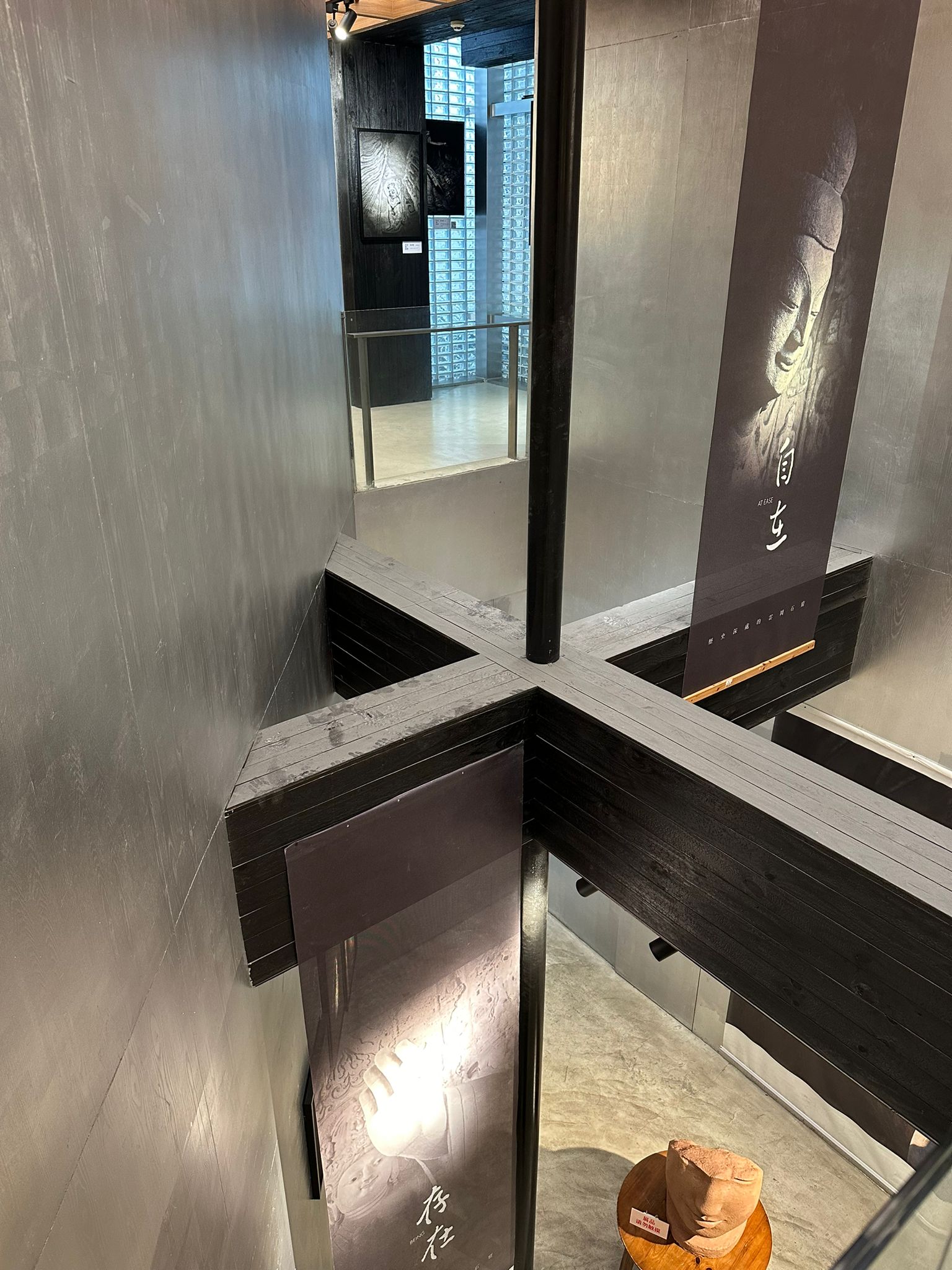
Dongguang Tang Art Museum’s two-story layout is conducive to this atmosphere, enabling the organizers to play with space in a way that prompts the viewer to pause, to look closer, to reflect. . . and perhaps even to revere. The photographer places much emphasis, understandably, on zoom-ins on the Buddhas’ tranquil faces. I have heard from multiple people over the years opining that the expressions found on Northern Wei statues are the most unique and beautiful among all of Chinese sculpture. Their smiles are enough to put you in a good mood, to inspire and uplift.
See more
Yungang Grottoes
东莞:联盟凝聚力量 公共文化服务遍地开花 (Chinese only) (chinanews.com)
Related features from BDG
The Thousand-Buddha Motif: On the Timelessness of Ancient Art


